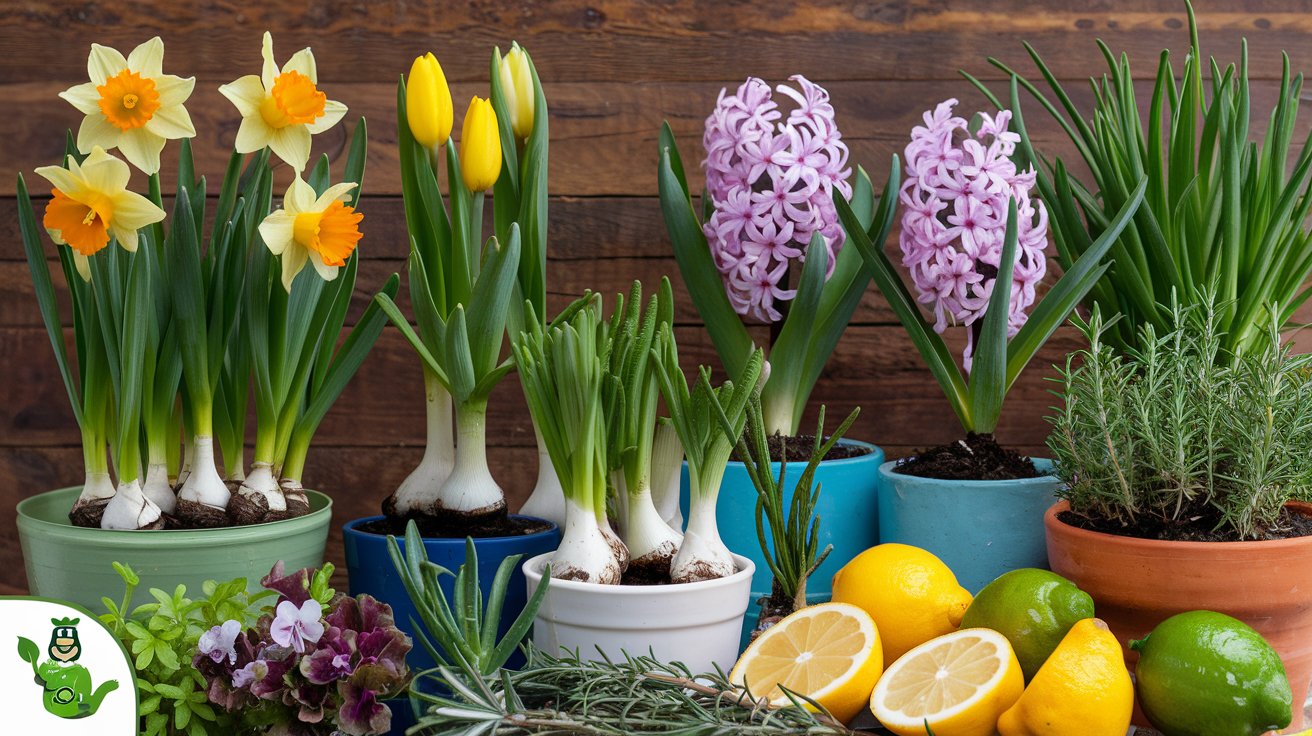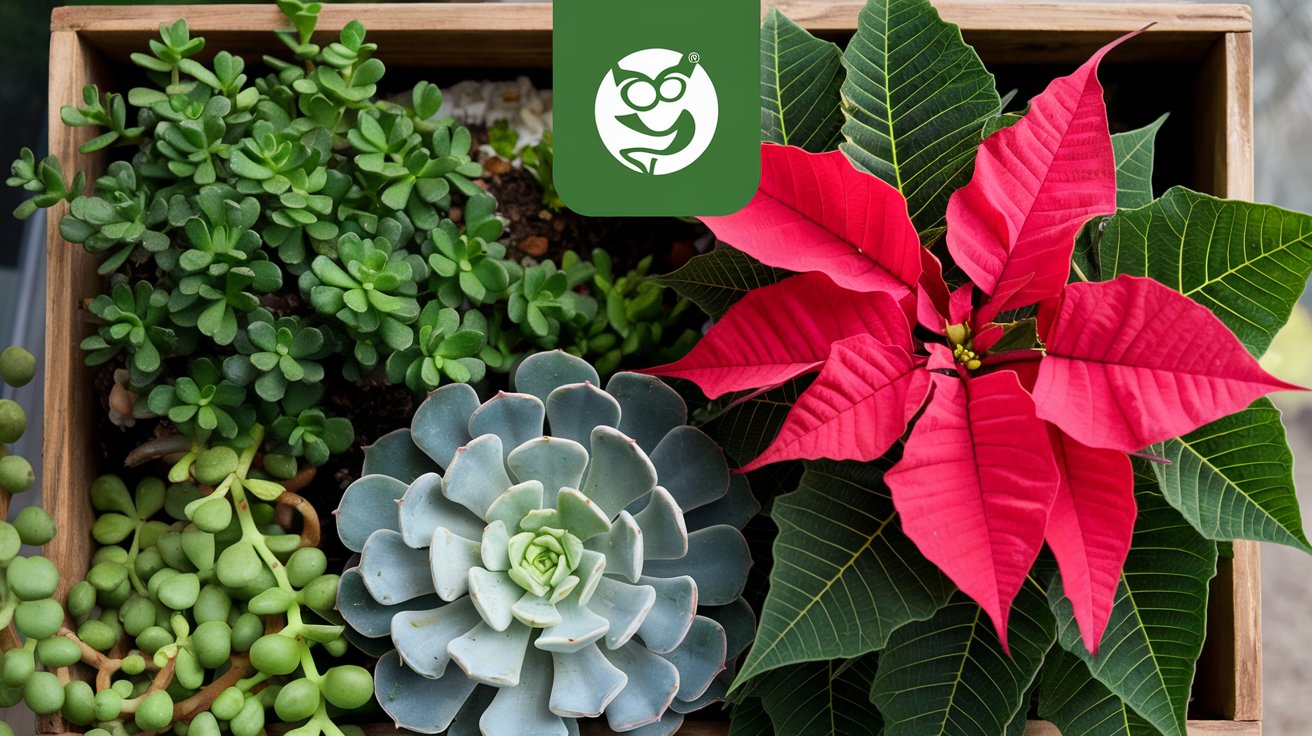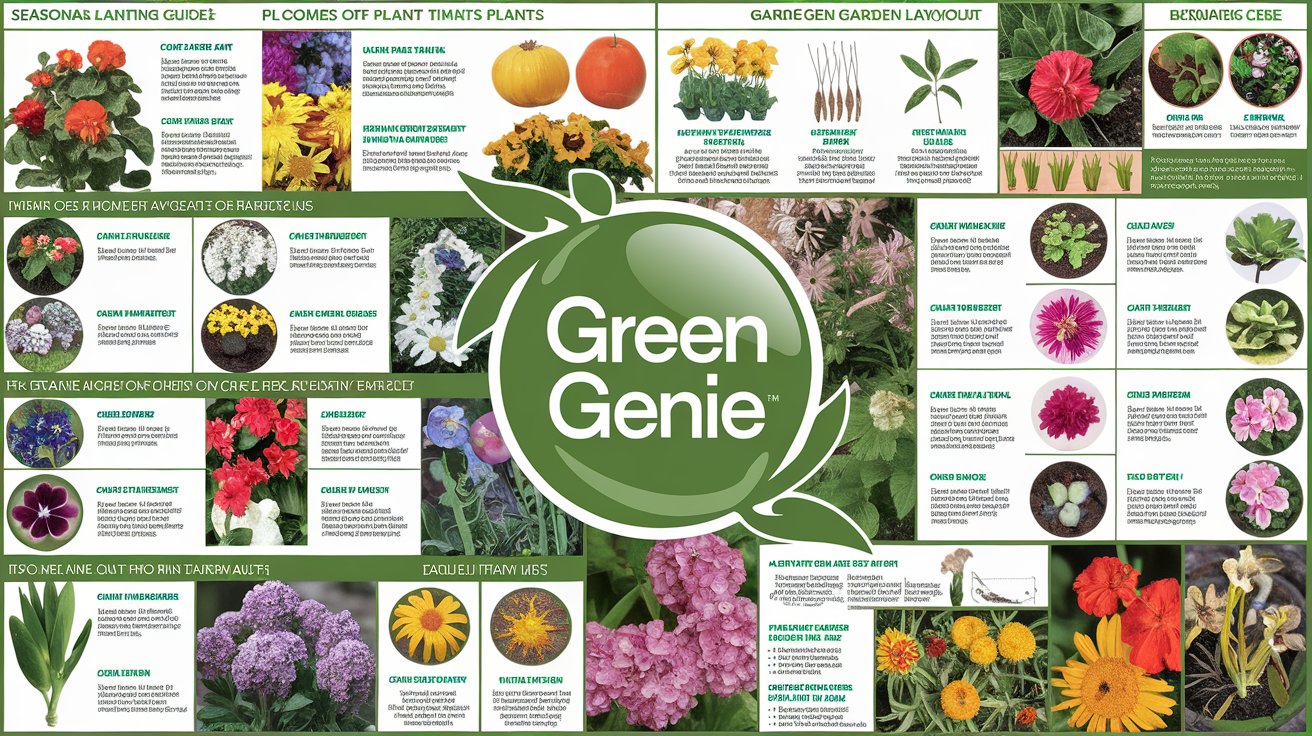Table of Contents
ToggleSeasonal Planting Guide for Home Gardeners
Gardening is a pastime, but it’s a fantastic way to engage with nature, relish fresh produce, and enhance your surroundings. One of the most essential elements of a successful garden is understanding the seasons and knowing when to plant. This seasonal planting guide will assist you in navigating what to cultivate throughout the year, ensuring your garden thrives regardless of the season.
Spring Planting
Preparing Your Garden
Spring is the season of renewal and growth. Take a few preparatory steps before you start planting:
- Soil Preparation: Assess your soil’s pH and nutrient composition using a home testing kit. Incorporate compost or well-decomposed manure to boost fertility and structure.
- Tool Check: Clean and sharpen your gardening implements to have them ready for use. This simple task can enhance productivity in your gardening.Seasonal Planting Guide for Home Gardeners
Ideal Plants for Spring
As the frost begins to thaw, it’s an excellent time for planting:
- Vegetables: Cool-season crops such as peas, lettuce, spinach, radishes, and onions are perfect for early spring when the daytime temperatures are moderate. They can be placed in the soil once it is workable.
- Flowers: Pansies and snapdragons make lovely additions to your garden, adding color while attracting beneficial pollinators, which can also be drawn in by marigolds.
- Herbs: Cultivate parsley, cilantro, and chives. These herbs are hardy and can tolerate cooler temperatures.
Care Tips
- Water Young Seedlings: The soil must remain moist at all times for young seedlings. Regularly check the soil and water as needed.
- Pest Control: Always be vigilant for pests, such as aphids and slugs. These can be hand-picked or managed with organic methods.Seasonal Planting Guide for Home Gardeners
Summer Planting
What to Grow in Early Summer
As summer arrives and temperatures rise, your focus will shift to warm-season crops:
- Vegetables: Tomatoes, peppers, cucumbers, and beans thrive in the long days of summer. Plant them after the last frost date for optimal results.
- Flowers: Sunflowers, zinnias, and cosmos provide vibrant splashes of color to your garden and bloom when the weather is sufficiently warm. These flowers also attract pollinators.
- Herbs: Basil, dill, and oregano flourish in warm conditions. All these herbs will add the zest you need to your culinary creations throughout the season.
Mid to Late Summer Planting
It’s also a suitable time to plant a second crop later in the summer:
- Fall Crops: Prepare for kale, broccoli, and cauliflower seeds. These can be sown indoors or directly in the garden, depending on your climate.
- Succession Planting: Consider planting a second round of beans and cucumbers for a fall harvest.Seasonal Planting Guide for Home Gardeners
Care Tips
- Mulch: Apply mulch to maintain soil moisture and suppress weed growth. This is crucial for those experiencing high summer temperatures and should be done during warmer months.
- Fertilization: Ensure your plants receive the necessary nutrients for healthy growth through fertilization.
Fall Planting
Preparing for Fall
As summer fades, prepare your garden for the upcoming harvest:
- Cleaning Up: Clear out spent crops and any debris from the garden to prevent pests and diseases from overwintering.
- Soil Testing: Test your soil again to determine what additional amendments are needed for fall planting.
- Seasonal Planting Guide for Home Gardeners
Best Fall Crops
It’s the ideal time to sow some crops for fall:
- Vegetables: Plant hardy varieties like carrots, beets, and winter squash. These crops can be harvested until colder weather sets in.
- Flowers: Bring fall splendor to your garden with asters and chrysanthemums, which provide vibrant color and attract pollinators.
- Herbs: Grow thyme and sage, as they are quite robust and can be harvested well into the winter months.
Care Tips
- Watering: Ensure your plants are well-watered before the ground freezes. This will aid in establishing strong roots.
- Protection: Use row covers or cloches to shield late-season crops from frost.
- Seasonal Planting Guide for Home Gardeners
Winter Planning
Planning for the Next Season
While winter may seem like a downtime for gardeners, it’s a great opportunity for planning:
- Garden Journal: Start a garden journal to note what worked and what didn’t in previous seasons. This will guide you in your future planting efforts.
- Seed Ordering: Order seeds early to ensure the availability of your preferred varieties. Explore local seed swaps or gardening clubs for unique options.
Indoor Gardening
Don’t overlook indoor gardening:
- Herbs and Greens: You can cultivate herbs and salad greens indoors. Small containers placed on sunny windowsills are ideal.
- Grow Lights: If natural light is insufficient, utilize grow lights to accelerate the growth of your indoor plants.
Care Tips
- Pest Control: Regularly inspect indoor plants for spider mites and aphids; if infestations occur, address them promptly.
- Stable Environment: Ensure indoor plants are kept in a stable environment, away from drafts or drastic temperature fluctuations.Seasonal Planting Guide for Home Gardeners
Conclusion
With thoughtful planning, a garden can yield full rewards throughout the seasons. By following this guide, you’ll ensure your garden is prosperous no matter the time of year. Every season presents unique challenges and opportunities, so remain adaptable as you discover what works best for your garden. Happy gardening!
